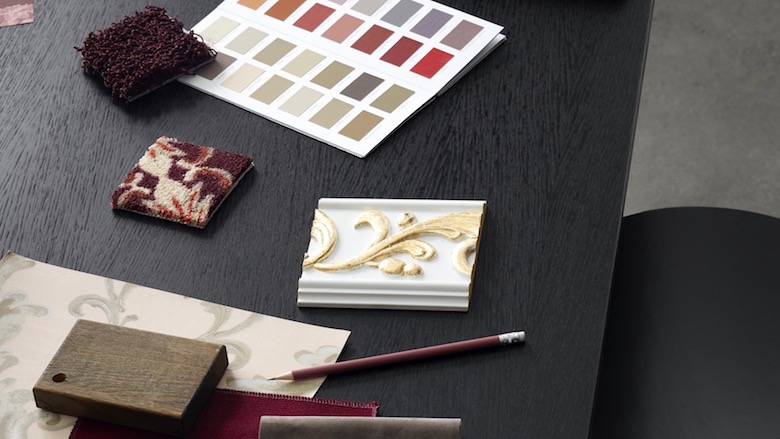
What does commercial carpet cost? There’s no one set commercial carpet cost. The commercial carpet prices you can expect depend on a number of factors that affect both upfront and long-term costs and depend heavily on your project’s specific needs.
The commercial carpet prices you can expect for your carpet project depend on a number of factors, such as the construction of the carpet, the type of carpet backing you select, the degree of intricacy and customisation in design, installation costs and so much more. Because of this, it’s difficult to offer up a single price range to expect, without knowing the specifications of the carpet.
Instead, we can help you get a better understanding of the different factors that can affect commercial carpet cost - both with respect to upfront costs and long-term costs. With Ege’s wide selection of carpets, available in number of different qualities, it’s usually possible to find the carpet you want, within your project’s budget. Let’s take a closer look at some of the price factors that you should be considering.
Our Global Account Manager Kim Monrad answers our most frequently asked questions about carpets. In this video Kim explains what influences the price of a commercial carpet.
The first choice you need to make when you select a commercial carpet is whether to go with wall-to-wall carpet or carpet tiles. There is no right or wrong choice here, but the nature of your project will likely determine which choice is right for you.
Beyond your choice in carpet type, the type and amount of fibre you select will also impact the final price you can expect. Here are some general rules of thumb for how your choice in fibre will affect the price of your commercial carpet:
Another factor which will impact the final price of your commercial carpet is the degree of customisation in the solution you choose.
In addition to the carpet you select, the kind of carpet backing - the fabric and yarn that make up the underside of the carpet - will also impact the total cost of your commercial carpet. Your selection in carpet backing is important, as the backing you select will impact:
You have a number of choices when it comes to your carpet backing, and since your carpet backing selection can ultimately impact the final carpet you can expect, it’s important that you consider the qualities that are most important to your project and understand how these selections will impact your budget. Let’s take a peek at the different kinds of backing and how they affect the price of your final carpet.
As a rule of thumb, thick latex backing is generally the most expensive option, followed by felt, thin latex and woven textile.
To provide even cheaper options, many carpet manufacturers globally use bitumen and PVC in their carpet backing. While this does provide for a cheaper product, here at Ege, we don’t do this, as it’s environmentally harmful and potentially dangerous.
Important when selecting your carpet backing is considering both long-term and short-term expenses. For example, a cheaper backing option may save you in upfront costs, but it may cost you down the road, if it can’t provide the support and protection from wear that your carpet requires. The opposite is also true. A more expensive backing now can save you a ton in forgone maintenance and installation expenditures.
A good way to save on your carpet backing, while also ensuring high quality is to go with an integrated underlay. With an integrated underlay, rather than carpet and underlay as two separate pieces, they’re combined, allowing you to affix your carpet directly to the subfloor, reducing installation time and costs.
It’s often tempting to focus only on upfront costs when budgeting for your commercial carpet, but this approach is not necessarily the most cost effective. A major factor that will impact the total cost of your carpet project is installation costs. Here are a few ways that your carpet choices can impact upon installation costs:
When selecting your commercial carpet, it’s definitely worth it to consider the cost involved in the installation process and to look at total cost, rather than just the upfront expenditure.
When considering the budget of your commercial carpet project, there is no one price you can expect. There are a number of variables that will affect the final price of your carpet - both upfront and in the long run. To recap, you should be prepared to talk to your carpet manufacturer about the following choices to be sure that you land on the best carpet for you, at the most reasonable price:
For further information on how to save on your carpet installation, check out our article Getting Through Each Step of The Carpet Installation Process on Time and Budget.